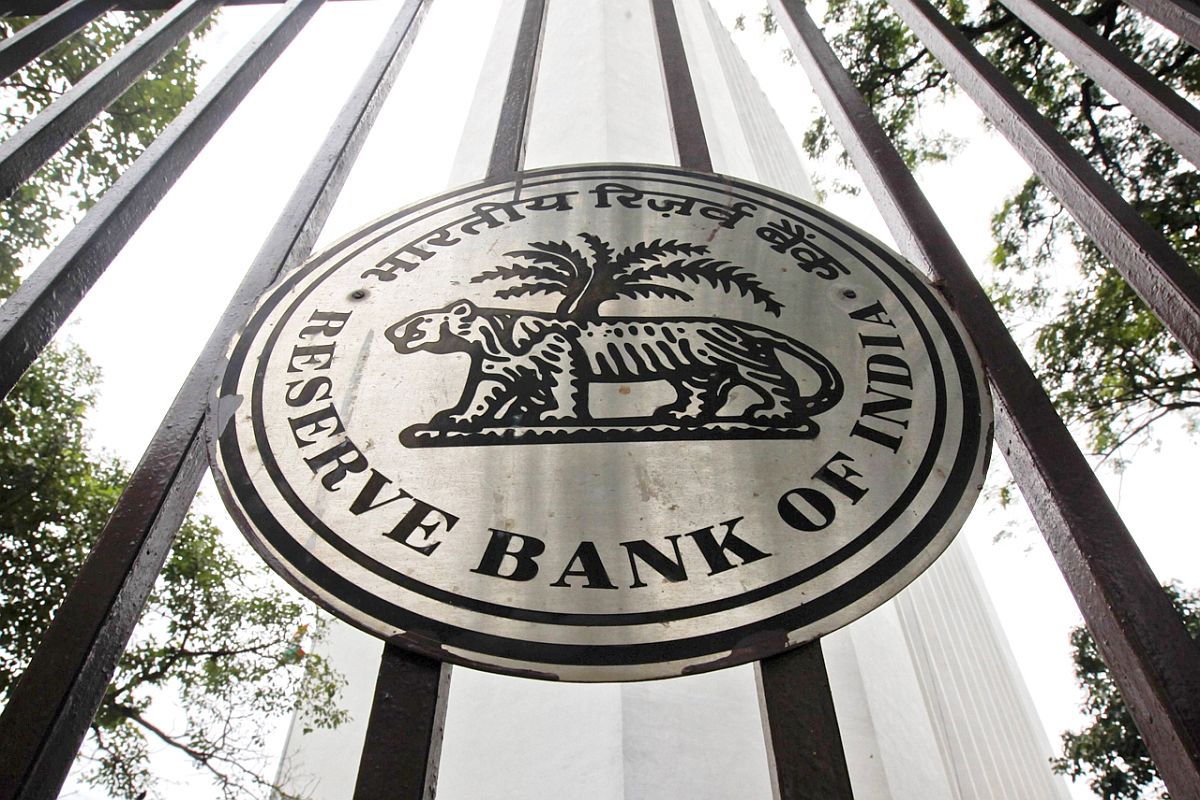The decision of the Reserve Bank of India to cut the benchmark repurchase (repo) rate by 40 basis points to 4 per cent may have boosted the sentiment of some sectors but in general the monetary policy prescription has not been greeted by all.
Monetary policy interventions alone cannot be an effective tool for giving a push to a sagging economy.
Advertisement
The present cut has taken the rate to near rock bottom. Only on 27 March the central bank had lowered its benchmark repurchase rate by 75 basis points to 4.40 per cent.
If the economy continues to slide further, which is very likely, and the RBI continues to cut the repo rate, what will happen when the rate reaches zero? Any tool used so frequently is bound to lose its impact over time.
RBI Governor Shaktikanta Das said the Monetary Policy Committee had voted to maintain its accommodative stance, implying more rate cuts in the future if the need arises.
The stock market snapped a three-session winning streak after the RBI’s surprise rate cut and other steps to prop up the coronavirus-hit economy failed to enthuse investors. On the foreign exchange front, the Indian rupee also slipped against the US dollar as the measures to alleviate economic distress failed to strike a chord.
In fact, markets were hoping for measures from the Reserve Bank that could solve the crisis in the banking and financial sectors; but the announcement of extension of moratorium further dented the sentiment.
Extension of moratorium will not only affect the banks’ balance-sheets but also raise fears of fresh non-performing assets. This is reflected in the decline in banking and financial stocks after the RBI made the announcements.
The underlying idea of reducing the interest rate is to make loans cheaper so that corporate houses take more loans and increase their investment.
But a rate cut by the RBI does not necessarily mean that banks will also cut their lending rates.
The RBI itself had time and again expressed disappointment over the fact that banks were not passing on benefits of repo rate cut to borrowers.
Besides, without simultaneous steps to boost consumption the economy will not make any progress. The rate cuts, in a sense, discourage industrialists from investing their profits to earn further profits.
The rate cuts make them more dependent on bank loans and more loans increase the fear of fresh NPAs.
There is a tendency of banks to cut savings and deposit rates when they lower their lending rates. The reason is that if the income from lending falls, then they also have to pay less on their deposits.
But when the repo rate is cut the banks have to pay less to the RBI on their loans because repo rate is the rate at which the central bank lends money to commercial banks in the event of any shortfall of funds. If the savings and deposit rates are lowered along with the lending rate when the repo rate is cut, the propensity to save is also likely to fall, which is not good for the economy.









